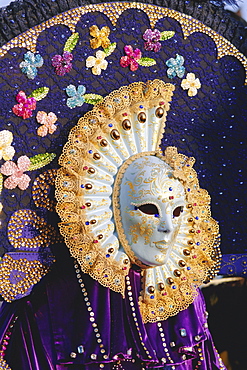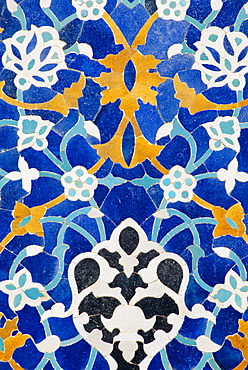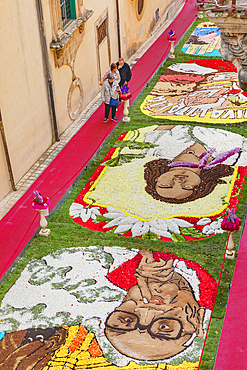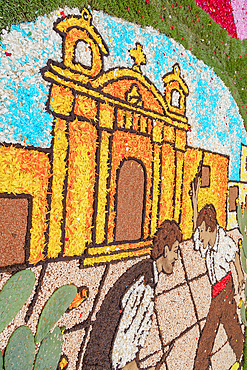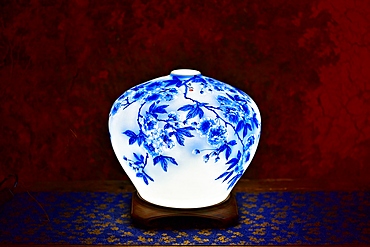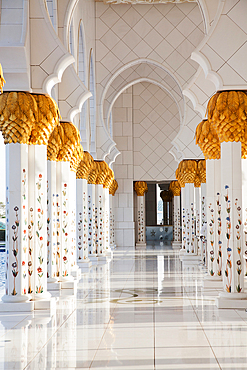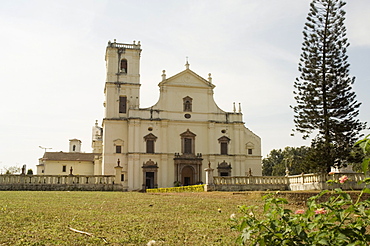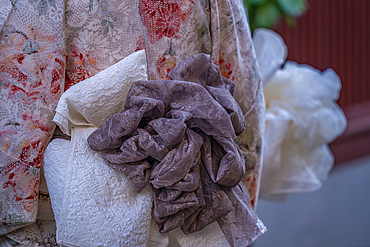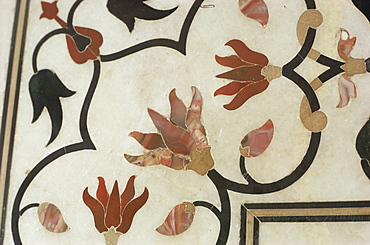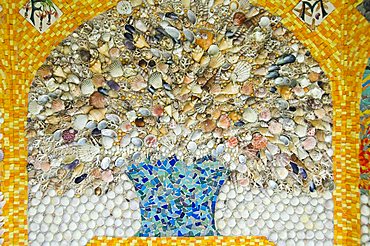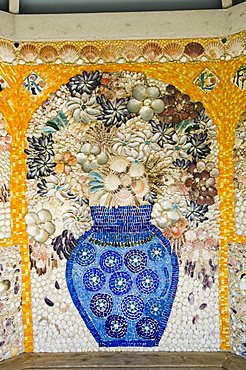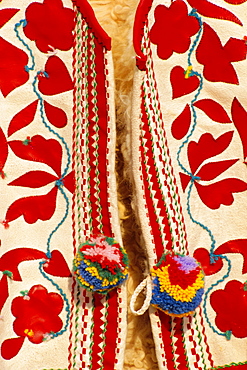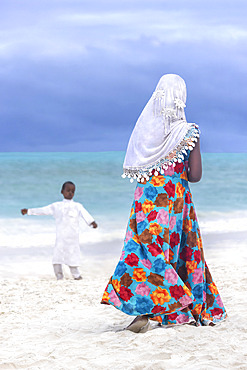Results
28 results found
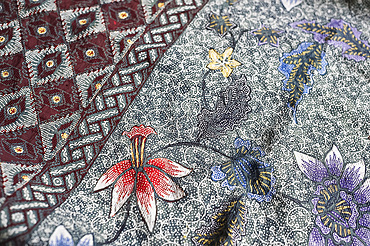
Intricate batik wax resist floral pattern on traditional Javanese sarong, Pekalongan, Java, Indonesia, Southeast Asia, Asia
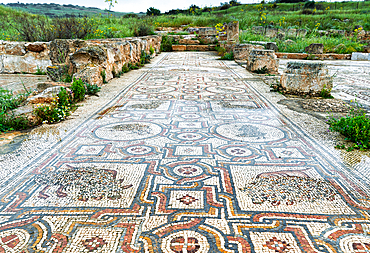
Beautiful ancient mosaic floor with geometric patterns and floral motifs, surrounded by stone ruins medieval church in Israel in a grassy archaeological site.

Statue of the Virgin Mary and the Neues Rathaus, Marienplatz, Munich (Munchen / Muenchen), Bavaria (Bayern), Germany

Cloister of the Clarisses, with the unique addition of majolica tiles in Rococo style, Santa Chiara complex, Naples, Campania region, Italy, Europe
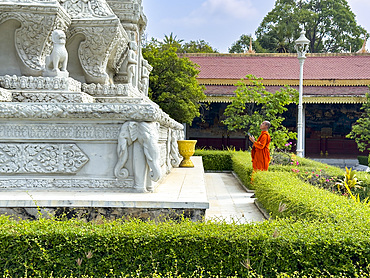
Exterior view of a stupa inside the Royal Palace grounds in Phnom Penh, Cambodia, Indochina, Southeast Asia, Asia
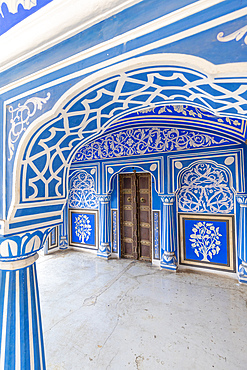
Chhavi Niwas, The Blue Room at The City Palace, City Palace, Jaipur, Rajasthan, India, South Asia, Asia
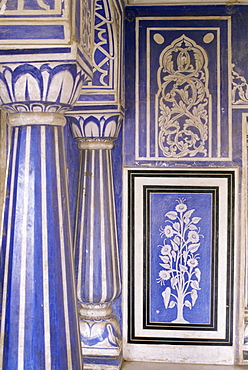
Abstract or stylized floral motif, chalk blue and white painted Mahal (hall), The City Palace, Jaipur, Rajasthan state, India, Asia
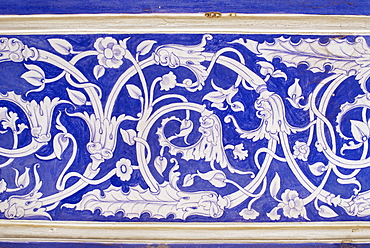
Abstract or stylized floral motif, chalk blue and white painted Mahal (hall), The City Palace, Jaipur, Rajasthan state, India, Asia
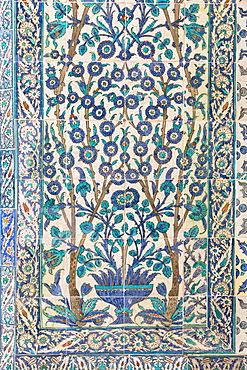
Kutahya and Iznik ceramic 17th century tiles at Topkapi Palace (Topkapi Sarayi), UNESCO World Heritage Site, part of Ottoman Empire, Istanbul, Turkey, Europe, Eurasia

Ceramic tiles in floral design in Privy Chamber of Crown Prince in Topkapi Palace, UNESCO World Heritage Site, in Istanbul, Turkey, Europe, Eurasia
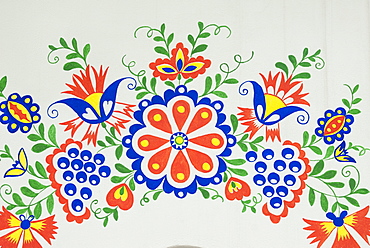
Moravian Slovacko folk design on facade of wine cellar at village of Petrov, Brnensko, Czech Republic, Europe
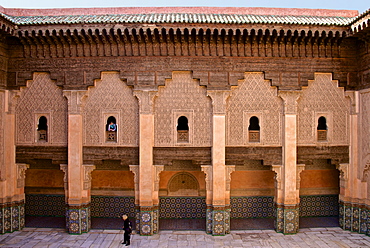
Patio, students' rooms windows and walls with floral and geometrical motifs, Koranic School of Medersa Ben Youssef dating from 1570, UNESCO World Heritage Site, Marrakech, Morroco, North Africa, Africa

Marble detail from the Bibi ka Maqbara, built by Azam Shah in 1678 as a son's tribute to his mother, Begum Rabia Durrani, the Queen of Mughal emperor Aurangzeb, Aurangabad, Maharashtra, India, Asia
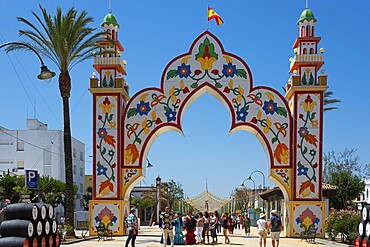
Decorative Tor tor with floral motifs and a crowd of people below, festive ambience, Feria de la Manzanilla, Feria de Sanlúcar, Sanlúcar de Barrameda, Sanlucar, Cádiz, Cadiz, Andalusia, Spain, Europe
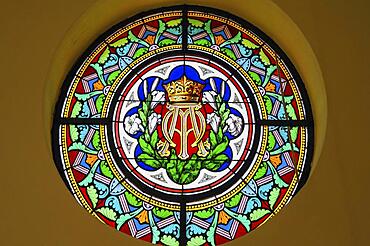
Lourdes Chapel from 1895, colourful window with floral motifs, Oberstaufen, Allgaeu, Bavaria, Germany, Europe

Men and boys on bikes ride past a towering, ancient minaret, outside of Ghazni, Afghanistan, October 1, 2002. Made of brick decorated with Kufic and Naksh Script and floral motifs, the minaret dates back to the early 12th century and was built by Sultan Masud III of the Ghaznavid Dynasty, who ruled over an empire encompassing much of Afghanistan, Northern India, Persia and Central Asia. The minaret was once three times as tall as its current 70 feet, and is thought to have been part of a large mosque complex. Now an important truck stop on the road to Kandahar, Ghazni, located on the Lora River at the elevation of 2,225 meters, is the capital of Ghazni province and is a market for sheep, wool, camel hair cloth, corn, and fruit-it also continues to be a haven for Taliban insurgents.

Afghan men pause on the road with an ancient brick minaret and many shrines in the background, outside of Ghazni, Afghanistan, October 1, 2002. Made of brick decorated with Kufic and Naksh Script and floral motifs, the minaret dates back to the early 12th century and was built by Sultan Masud III of the Ghaznavid Dynasty, who ruled over an empire encompassing much of Afghanistan, Northern India, Persia and Central Asia. The minaret was once three times as tall as its current 70 feet, and is thought to have been part of a large mosque complex. Now an important truck stop on the road to Kandahar, Ghazni, located on the Lora River at the elevation of 2,225 meters, is the capital of Ghazni province with a population of 35,900, and is a market for sheep, wool, camel hair cloth, corn, and fruit, and continues to be a haven for Taliban insurgents.

Men on bikes ride past an ancient brick minaret toward the old walls and citadel of the town of Ghazni, Afghanistan, October 1, 2002. Made of brick decorated with Kufic and Naksh Script and floral motifs, the minaret dates back to the early 12th century and was built by Sultan Masud III of the Ghaznavid Dynasty, who ruled over an empire encompassing much of Afghanistan, Northern India, Persia and Central Asia. The minaret was once three times as tall as its current 70 feet, and is thought to have been part of a large mosque complex. Now an important truck stop on the road to Kandahar, Ghazni, located on the Lora River at the elevation of 2,225 meters, is the capital of Ghazni province with a population of 35,900, and is a market for sheep, wool, camel hair cloth, corn, and fruit.
